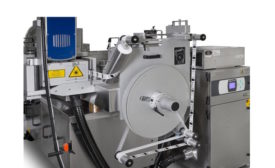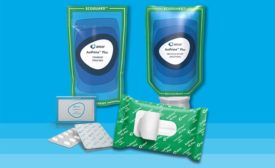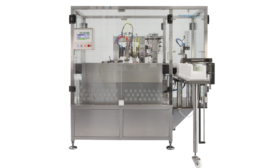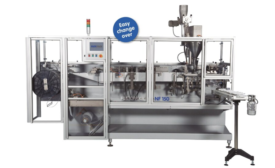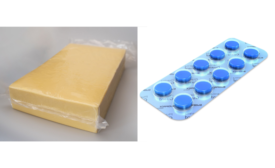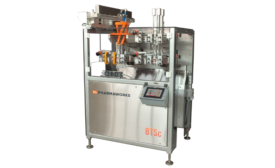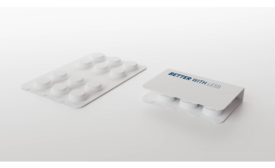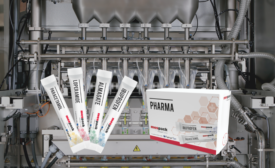Home » blister packaging
Articles Tagged with ''blister packaging''
Pharma & Medical
Improvement and Innovation in Labeling and Blister Packaging
Labeling and blister packaging have made significant leaps when it comes to the pharma and medical sector.
November 16, 2023
TekniPlex to Showcase New Filling and Sealing Machine at CPHI Barcelona
September 28, 2023

